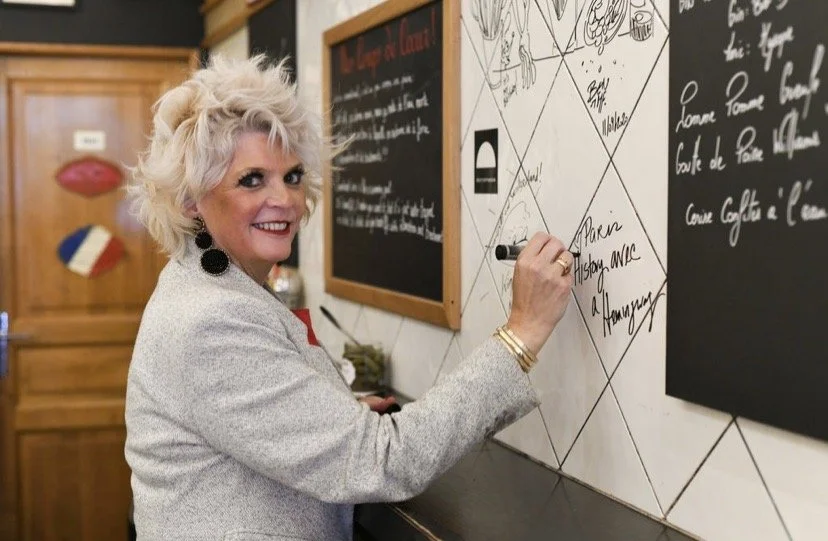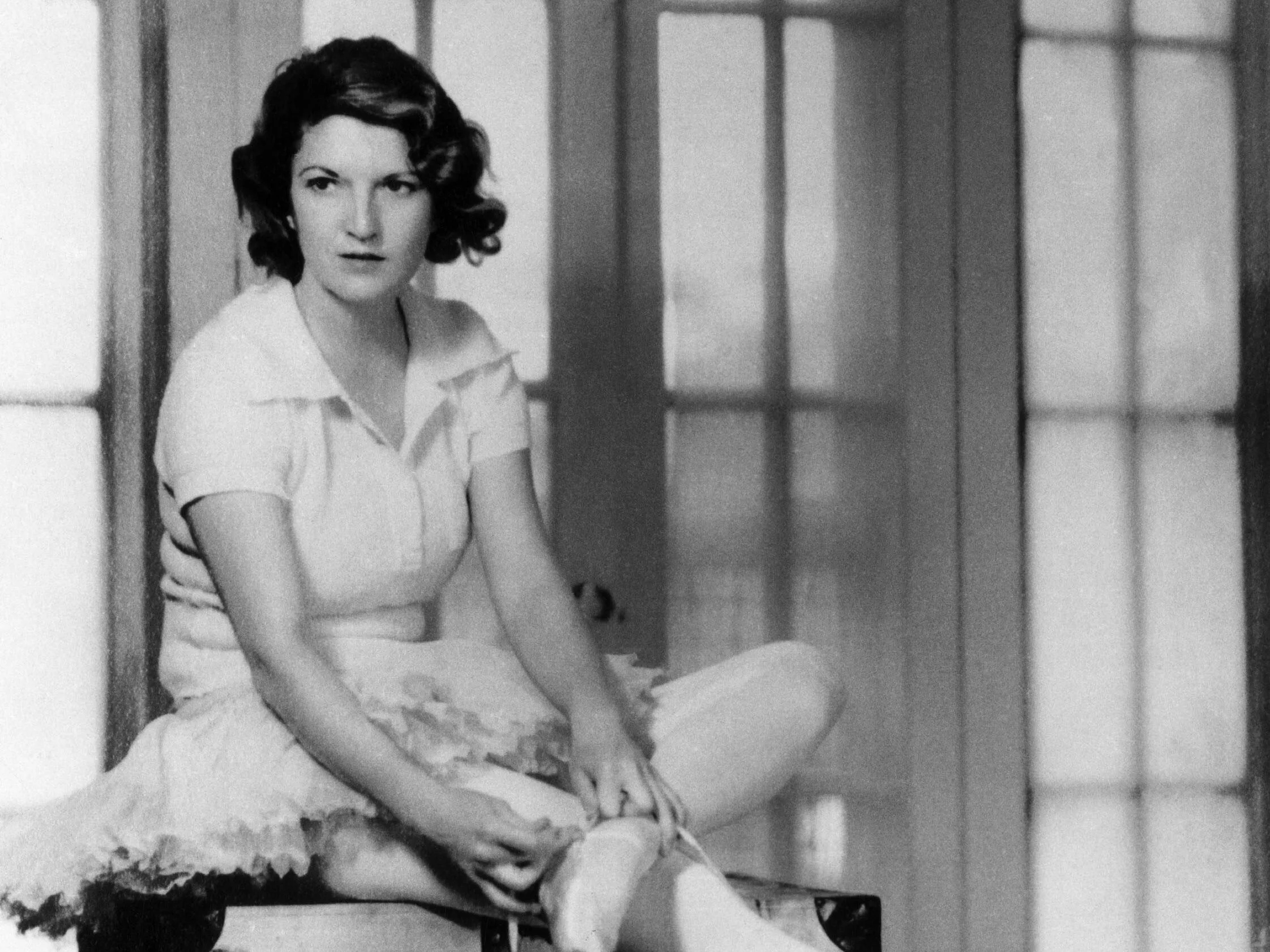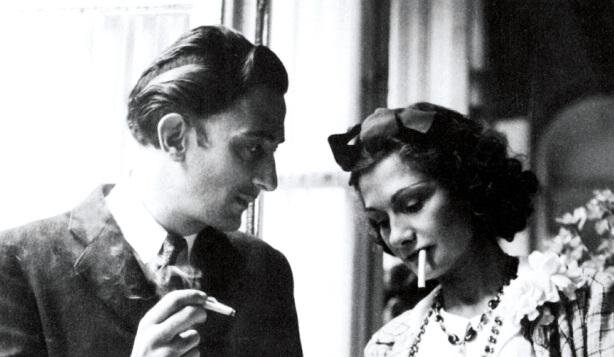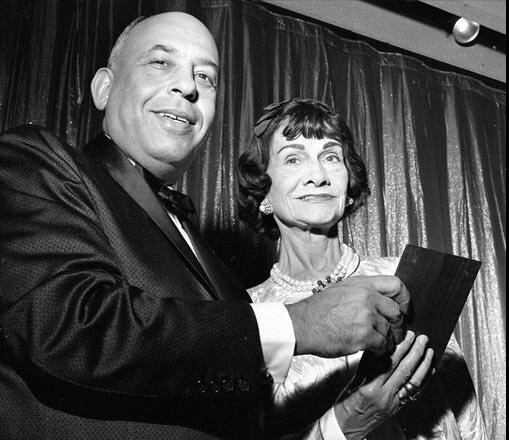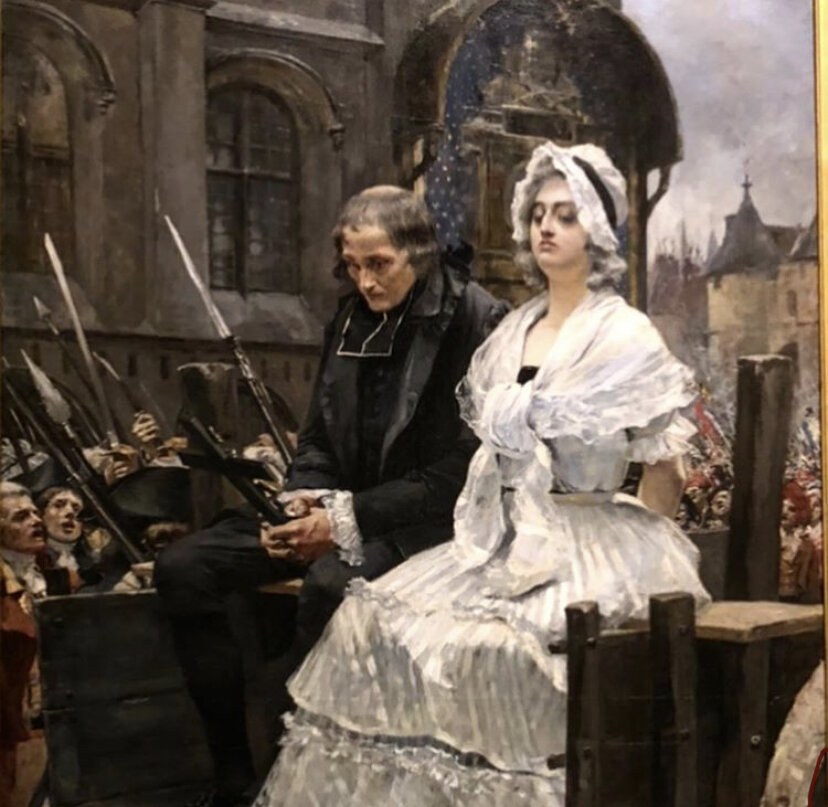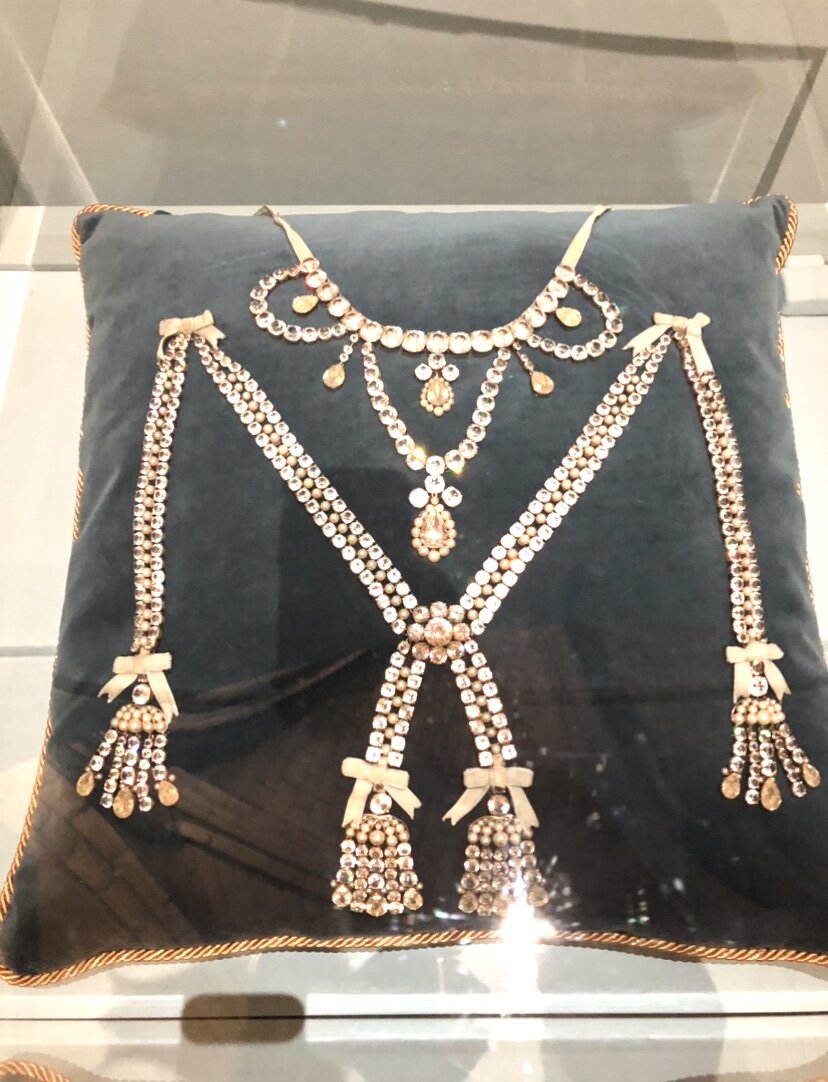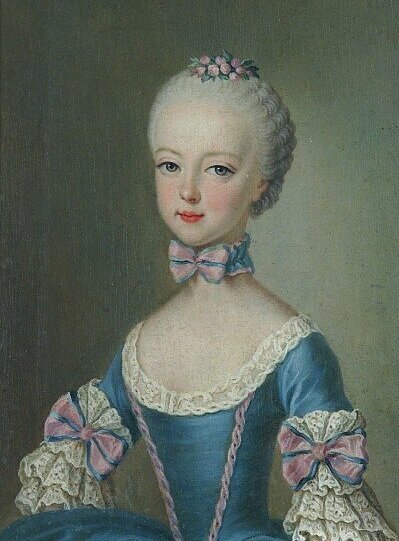Once upon a time there were two Florentine queens that left their mark on Paris. In the newest La Vie Creative - Paris History Avec A Hemingway episode we talk all about one of them, Marie de Medicis from her childhood in Florence to her life in exile.
She was born on April 26, 1575 to Francois I de Medicis and Joan of Austria in the Pitti Palace in Florence. Joan of Austria would die by the time she was two years old and her father married his mistress Bianca Cappello, but the two would die ten year later hours apart. A touch of the Medicis poison and the urge to get ahead by another brother.
Le Mariage par procuration de Marie de Médicis et d'Henri IV par Rubens
Marie now an orphan was raised by her uncle Ferdinand I, Grand Duke of Tuscany who took the throne. As a young girl there were many suitors looking to attach themselves to the Medicis fortune but they waited until Henri IV, king of France turned in his dancing card. Marie was 25 years old when the marriage was arranged, to not only join the two families but also eliminate the debt France had to the Medicis.
It was the second marriage for Henri IV who had first married the daughter of her distant cousin Catherine de Medicis, Marguerite de Valois. Unable to provide an heir to the king, a new more fertile wife was needed. On October 5, 1600 by proxy her uncle stood in for the groom at the ceremony and was followed by a lavish party lasting for days, without Henri IV.
Marie headed to France later in the month and on November 3, 1600 arrived in Marseilles thinking she was leaping into the arms of her new husband, but Henri wasn’t there. Continuing onto Lyon it would take until December 12 before Henri IV would set eyes on his new bride. A little over 9 months later, the heir, Louis XIII was born followed by five more children. Her role was complete but everything was about to quickly change.
Le Couronnement de la reine à l'abbaye de Saint-Denis par Rubens
The kings of France for hundreds of years were crowned at the Notre Dame de Reims and the queens would have their own ceremony at the Basilique Saint Denis. After many years of asking, Henri IV finally gave in and a grand ceremony was held on May 13, 1610. It was quickly overshadowed the next day when Herni would be killed in his carriage close to the Louvre by Francois Raviallac, a religious zealot. Marie was under suspicion at first due to the timing but was quickly ruled out.
Louis XIII was only eight years old and not old enough to take the throne. Marie would serve as regent until he was of age, but she wasn’t going to be so quick to let go of the reigns of power. In 1617, when he finally pulled the crown from her clutches he sent her into exile at the Chateau de Blois. After two years she escaped out her window and eventually was allowed back into Paris.
Photo taken by my grandfather in 1978
Happily returning to oversee the building of her palace that was a reminder of her days growing up in Florence. In 1612 she purchased the vast location on the left bank owned by Duc de Luxembourg. Bringing in Italian artists she had a palace designed just for her. On April 2, 1615 she laid the first stone but would be exiled within two years. Upon her return in 1621 she poured herself into finishing and by 1625 moved into the first floor of the west end in the mostly unfinished palace.
In 1621, she commissioned Peter Paul Rubens to create four paintings telling the story of her life to fill the walls of her palace in the Jardin du Luxembourg. She loved the first four so much she asked him to create twenty more based on major moments of her life. Working with Rubens and wanting to please his royal patron, her life was redesigned a bit and some of the less than lovely events were given a new rosy outlook. Filling the paintings with allegories, royal icons and the color red to direct your attention it is an amazing walk through her life. Today those paintings are in the Louvre, in the Galerie de Medicis, one of my favorite rooms to visit.
Galerie Medicis, Musée du Louvre 2nd floor Richelieu wing
Her days back at court were made difficult by Cardinal Richelieu who had more of an influence over her son. Trying to get him ousted it would only backfire and once again she was sent away. On her way to Germany she stopped for the night and unbeknownst to her, Louis XIII had set a trap for his mother. Stripped of her title and pension she would never return to Paris or her palace. On July 3, 1642 Marie de Medicis would die of pleurisy, leaving her palace and the land to her other son, Gaston Duc d’Orleans.
The palace would finally be finished and passed down within the family. During World War II the Germans took it over as a headquarter and is now the home of the French Senate. Opened once a year on the Journee de Patrimoine in September it is a must see if you are in Paris. Some of the rooms have been left unchanged since the days of Marie and you can see a rare slice of life in the early 17th century of Paris.
Salles des Conférences, Palais du Luxembourg. Redesigned under the second empire
The Jardin du Luxembourg however is open for anyone to walk through. The Medicis fountain tucked away under the trees is different from what she originally envisioned but it is still one of the most beautiful places in all of Paris.
Fontaine Medicis
Support my writing and stories of Paris by joining my Patreon page and get lots of extra goodies including discounts on my tours in Paris, trip planning and custom history just for you. Patreon link in bio.

